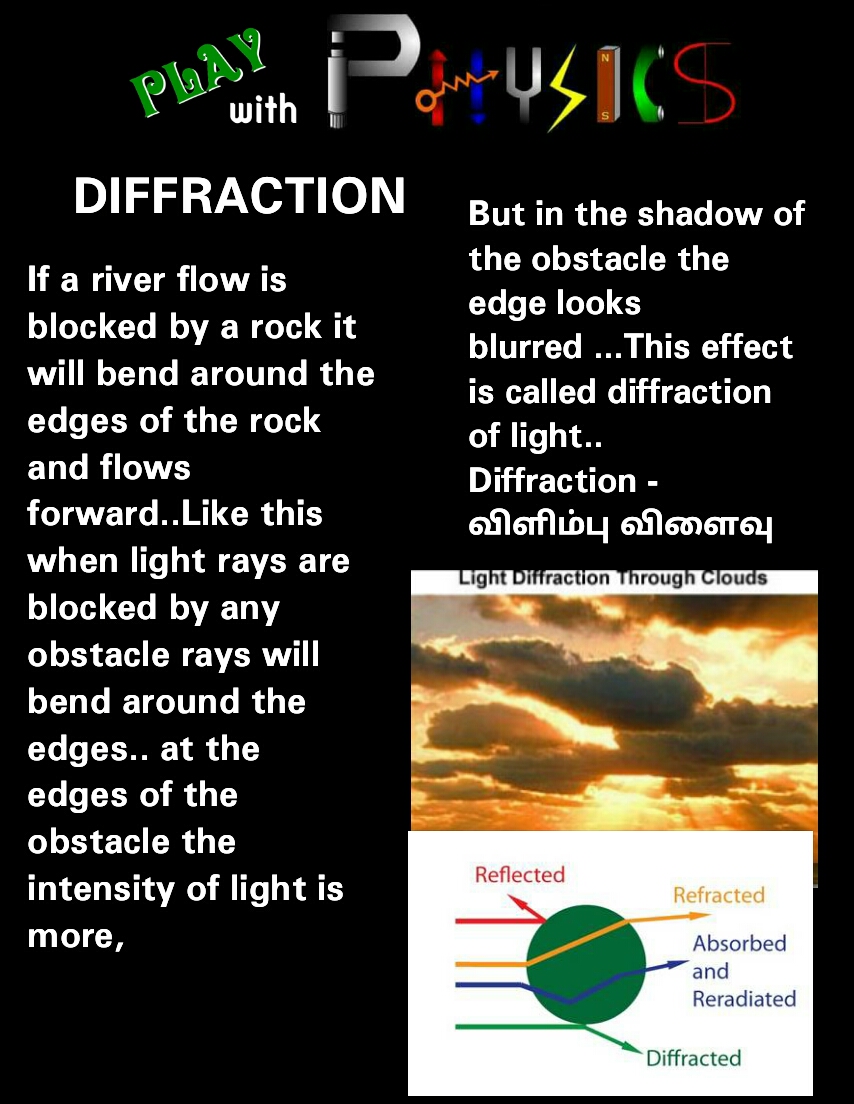
- #DIFFERENCE BETWEEN DIFFRACTION AND REFRACTION FULL#
- #DIFFERENCE BETWEEN DIFFRACTION AND REFRACTION ANDROID#
GATE CS Original Papers and Official Keys.DevOps Engineering - Planning to Production.Python Backend Development with Django(Live).
#DIFFERENCE BETWEEN DIFFRACTION AND REFRACTION ANDROID#
#DIFFERENCE BETWEEN DIFFRACTION AND REFRACTION FULL#


When seen in white light, a soap bubble presents the entire visible range of light, from red to violet. This explains why bubbles of a nearly colorless soap solution develop brilliant colors before they break. If the waves arrive at a point on the screen out of phase, the interference will be destructive, and a dark line will result. When light waves passing through two slits are in phase there is constructive interference, and bright light will result. When the light waves are in phase, color intensities are reinforced when they are out of phase, color intensities are reduced. The color effects of interference also occur when two or more beams originating from the same source interact with each other. These colored edges suggest that different colors are deflected at different angles in the interference pattern. A spectrum can often be seen on the edges of an aquarium, glass, mirrors, chandeliers or other glass ornaments. The idea that different colors interfere at different angles implies that the wavelength of light is associated with its colors.

One cannot look across a light beam and see light waves, but when light waves are projected on a white screen, one can see light. There is no essential difference between the phenomena of interference and diffraction. The phenomenon called diffraction is basically an interference effect. When two light waves meet, they may reinforce or cancel each other. Interference is the reciprocal action of light waves.

Interference occurs when two light waves from the same source interact with each other. When a ray is diffracted at the edge of an opaque object, or passes through a narrow slit, it can also create interference of one part of a beam with another. The rays break up into dark and light bands or into colors of the spectrum. The longer waves spread out more than the shorter waves. When a beam of light passes through a small slit or pin hole, it spreads out to produce an image larger than the size of the hole.


 0 kommentar(er)
0 kommentar(er)
